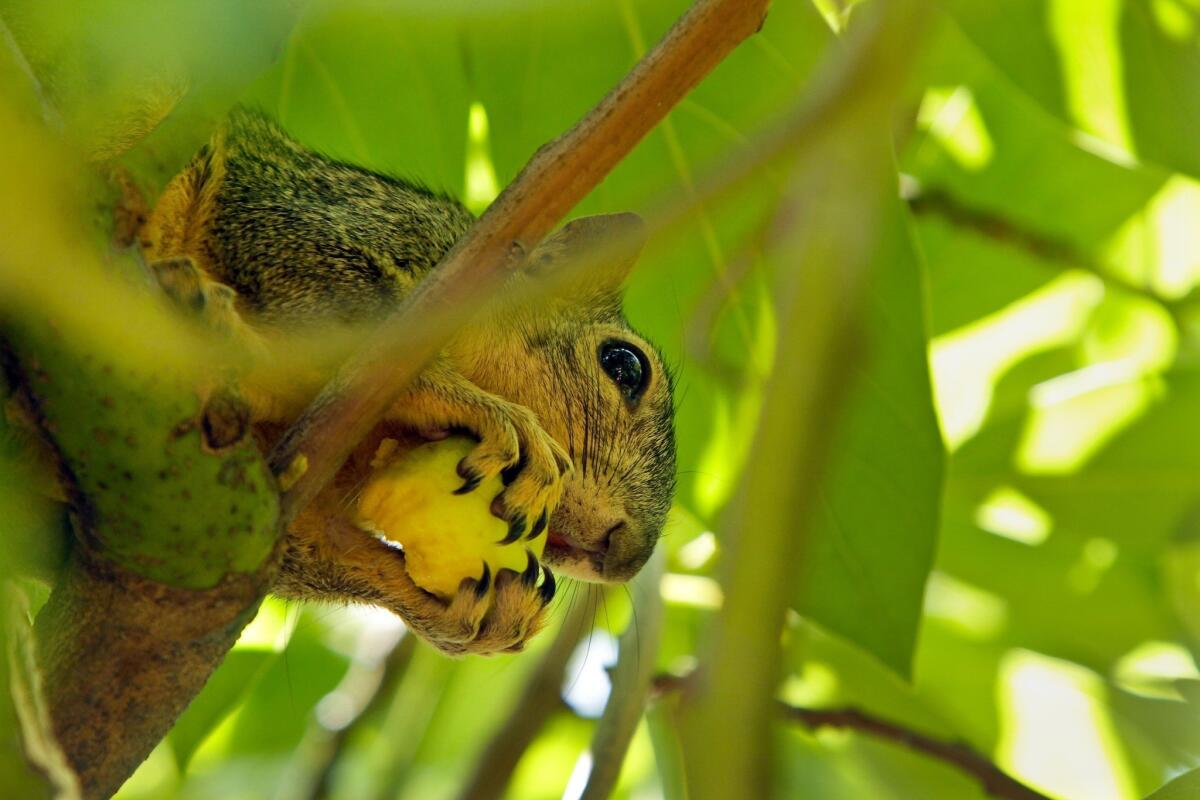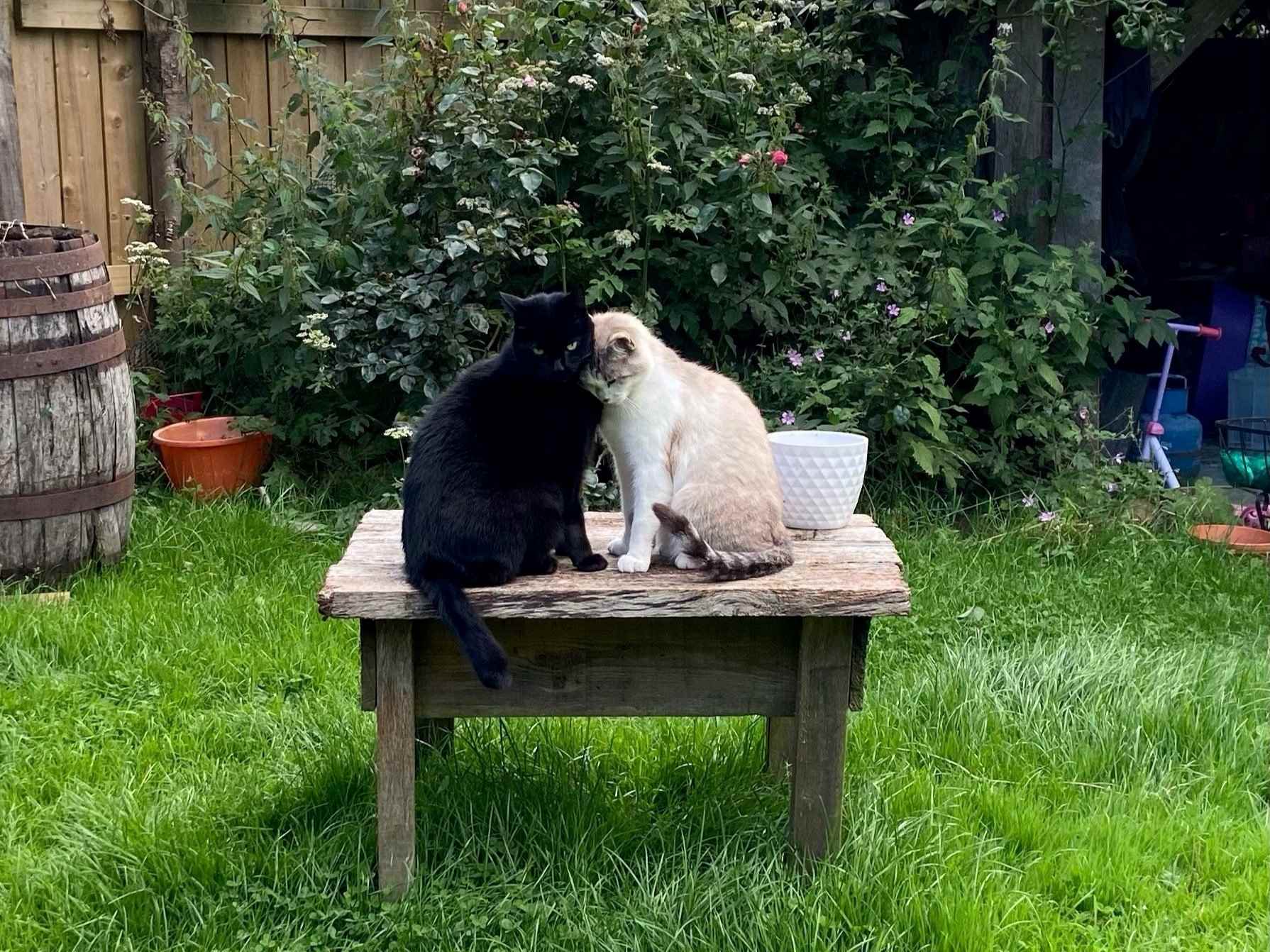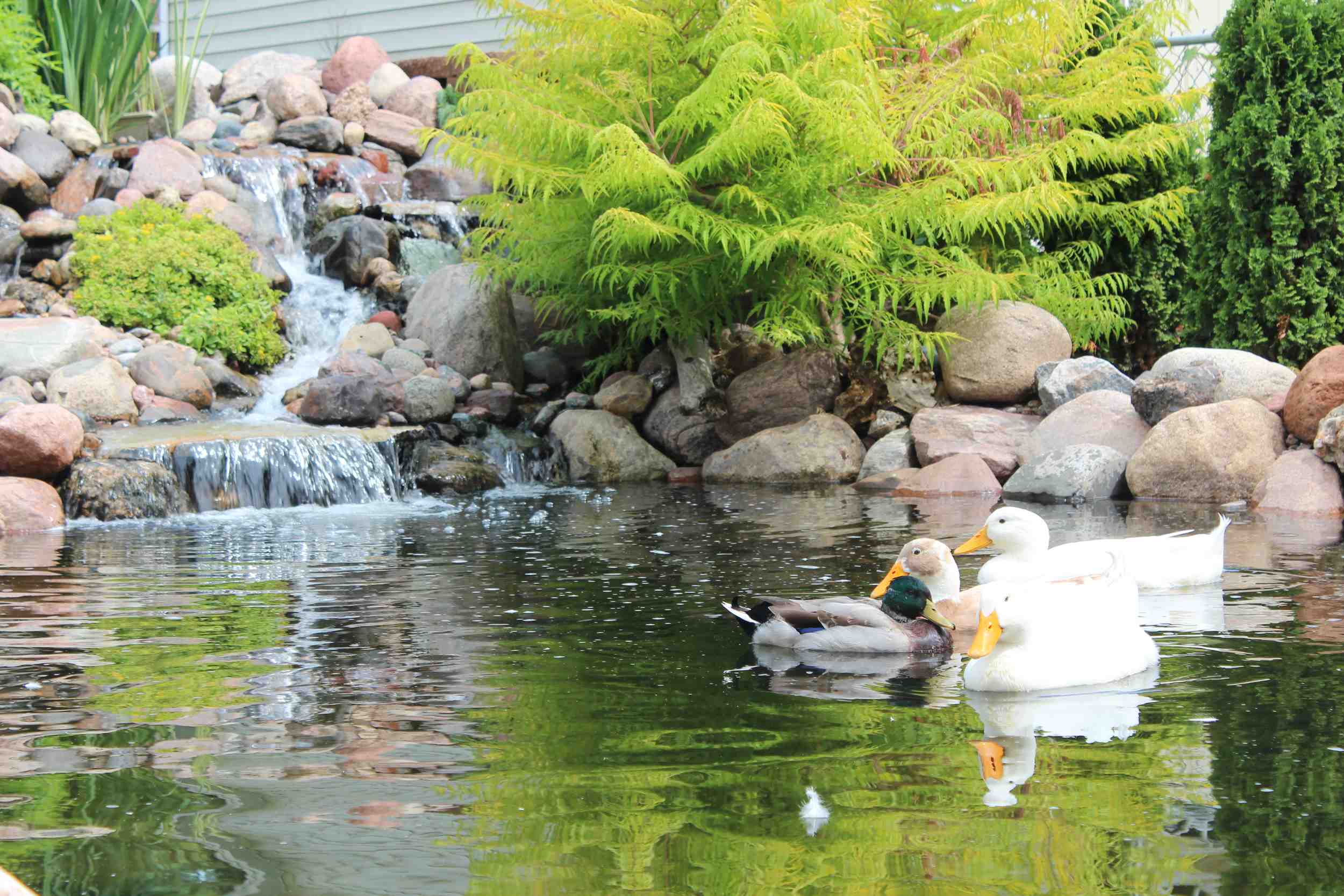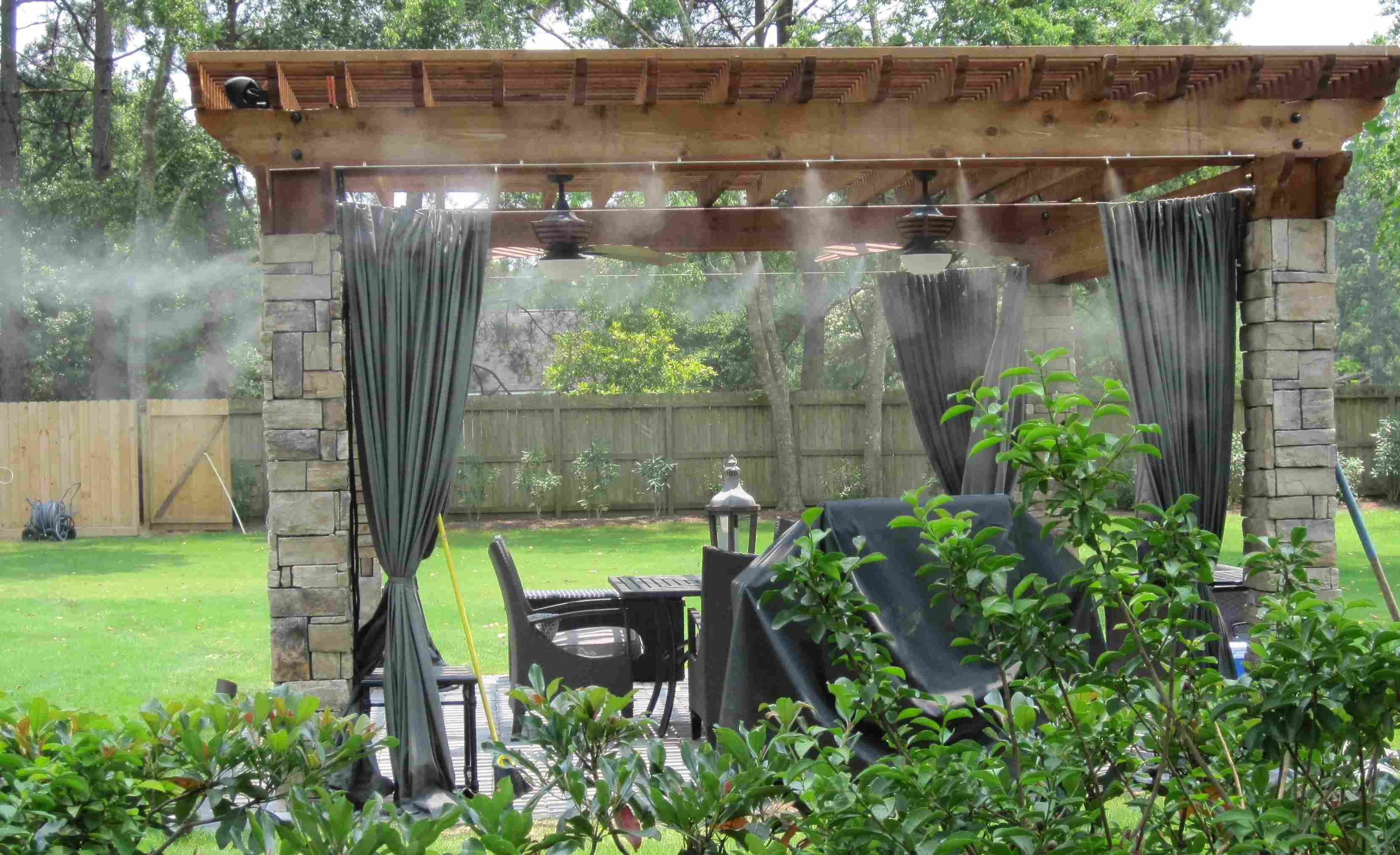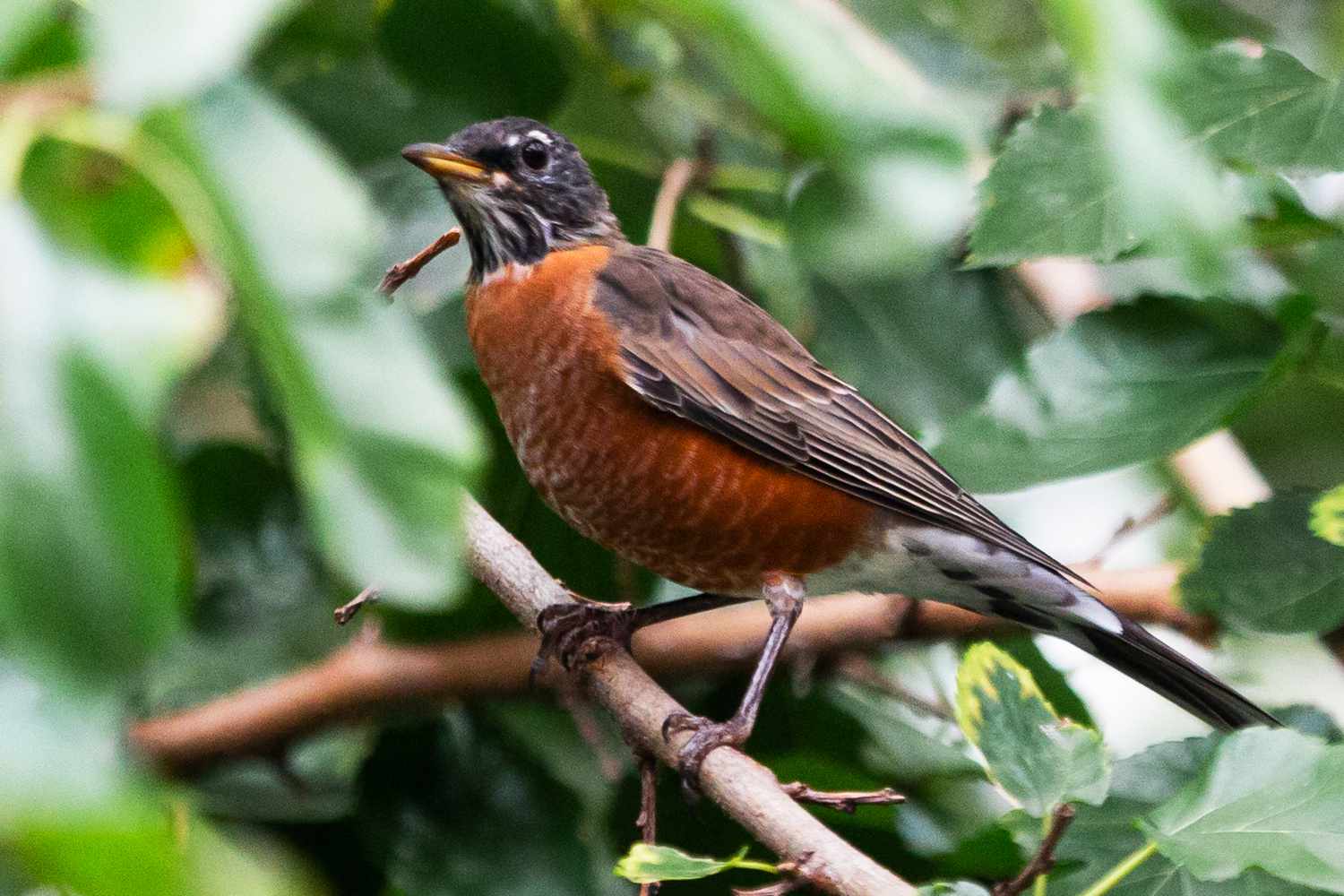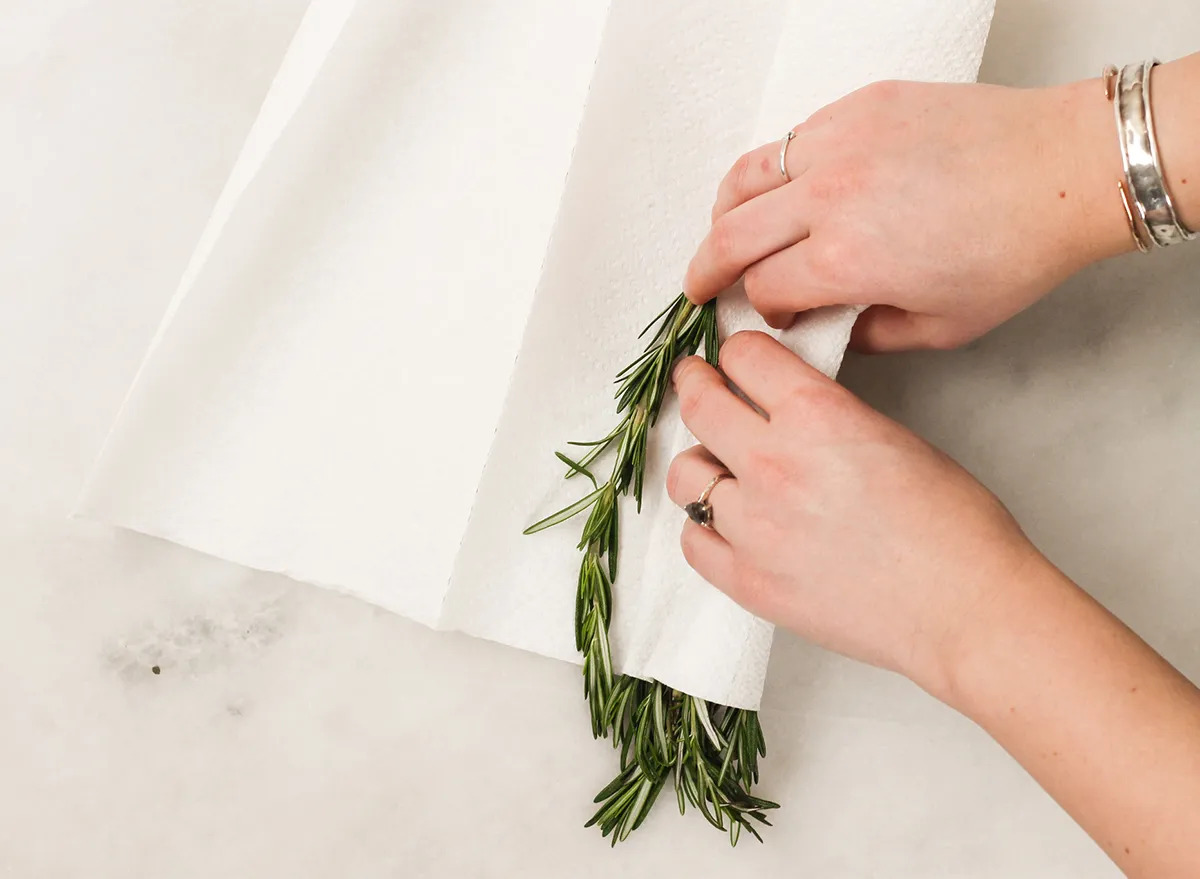Home>Gardening Tips and Tricks>How To Keep Birds Out Of Backyard
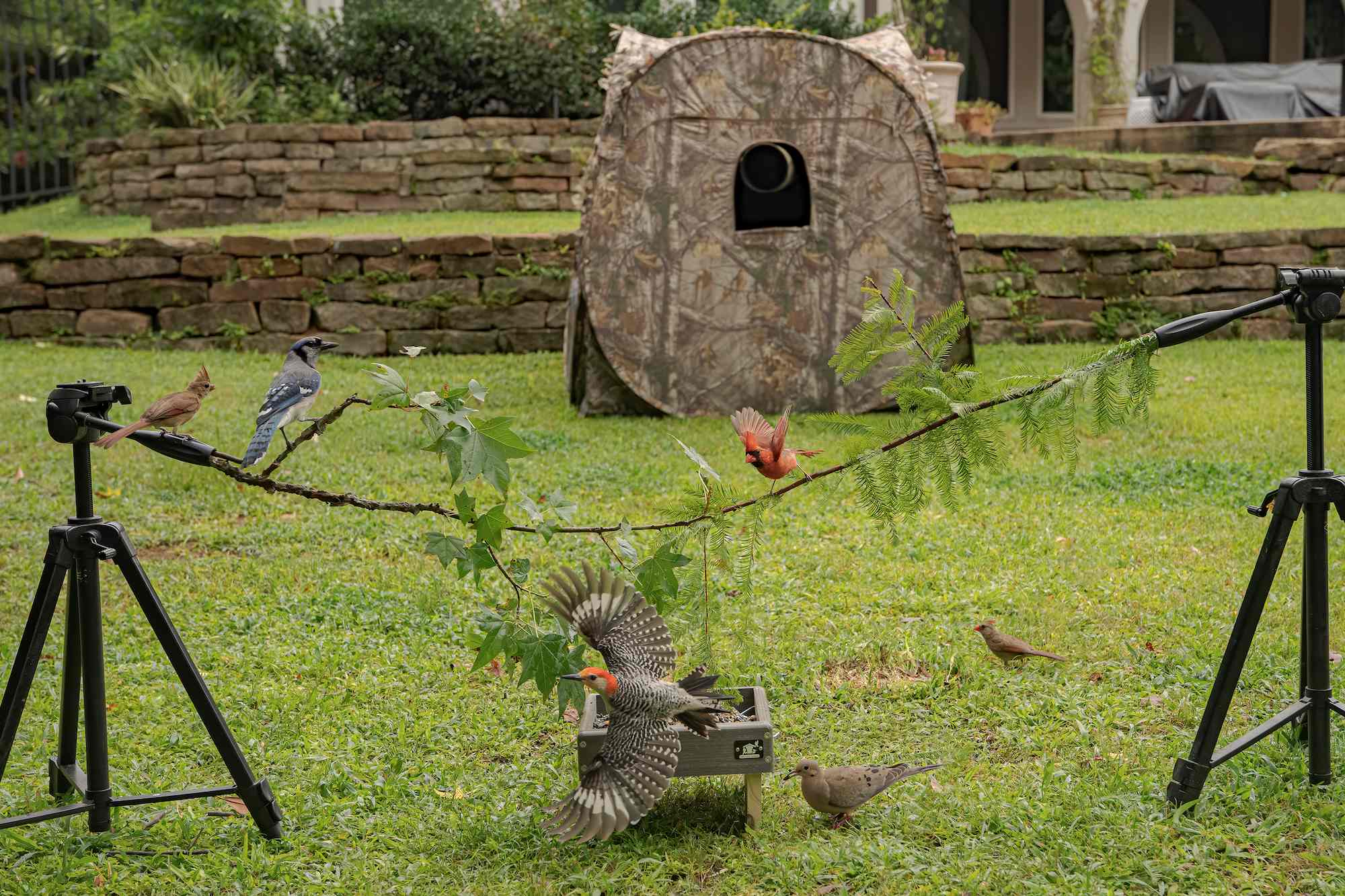

Gardening Tips and Tricks
How To Keep Birds Out Of Backyard
Published: August 5, 2023
Looking for solutions to keep birds out of your backyard? Learn problem-solving techniques and tips to deter unwanted feathered visitors and enjoy your outdoor space.
(Many of the links in this article redirect to a specific reviewed product. Your purchase of these products through affiliate links helps to generate commission for Chicagolandgardening.com, at no extra cost. Learn more)
Table of Contents
Introduction
Welcome to the ultimate guide on keeping birds out of your backyard! Birds are beautiful creatures that bring life and charm to any outdoor space. However, when they become a nuisance, it can be frustrating and overwhelming to find effective solutions.
Whether you’re dealing with pesky pigeons, aggressive seagulls, or noisy crows, there are several strategies you can employ to keep them away from your backyard. In this article, we will explore various methods that range from choosing bird deterrents to creating physical barriers and repelling birds using scents and sounds.
Understanding the behavior and habits of birds is key to finding the most effective solutions. By combining different techniques and being consistent with your efforts, you can successfully reclaim your backyard and enjoy a peaceful outdoor environment.
Birds may invade your backyard for several reasons, including finding food sources, seeking shelter, or establishing territories. By identifying what attracts them to your space, you can implement targeted measures to deter them.
It’s important to note that while we want to discourage birds from infiltrating our gardens and yards, it’s essential to do so humanely and without causing harm to these creatures. Let’s explore the various methods together and find the most suitable strategies for your situation.
Choosing Bird Deterrents
When it comes to keeping birds out of your backyard, choosing the right deterrents is crucial. There are various options available, each with its own strengths and limitations. Consider the following factors when selecting the best bird deterrents for your needs:
Visual Deterrents
Visual deterrents make use of visual stimuli to scare birds away. This includes reflective surfaces, such as shiny objects or strips of aluminum foil, that create an illusion of movement and discomfort for birds. Other visual deterrents include scarecrows and predator decoys, like plastic owls or snakes.
When utilizing visual deterrents, it’s important to regularly move and rearrange them to prevent birds from getting used to their presence. This will increase their effectiveness in deterring birds over the long term.
Ultrasonic Devices
Ultrasonic devices emit high-frequency sounds that are not audible to humans but are irritating to birds. These devices can be an effective way to repel birds without causing harm. Place them strategically in your backyard to create an environment that birds find uncomfortable or undesirable.
Note that different bird species may have varying sensitivities to specific ultrasonic frequencies, so it’s important to choose a device that targets the birds you are specifically dealing with.
Netting and Bird Spikes
Physical barriers like netting and bird spikes can be highly effective in keeping birds out of specific areas. Netting can be draped over vulnerable plants or entire sections of your backyard to prevent birds from accessing them. Bird spikes, on the other hand, are designed to make it uncomfortable for birds to land on surfaces like ledges, fences, or rooftops.
Both netting and bird spikes are humane options that do not harm birds. They act as physical deterrents, making it difficult for birds to perch or roost in unwanted areas.
Chemical Repellents
Chemical repellents can be used as a last resort if other methods fail. These repellents often contain substances that birds find unpalatable or irritating, such as capsaicin, a compound found in chili peppers. Apply these repellents sparingly and only on specific areas to avoid any negative effects on other wildlife or plants.
Before using chemical repellents, it’s important to research their effectiveness and potential side effects. Ensure that they are safe for use in your specific backyard environment and that they align with your ecological values.
Remember, different bird species may respond differently to various deterrents. It may take some trial and error to find the most effective combination of deterrents for your specific situation. By being persistent and consistent with your efforts, you can create a backyard that is uninviting to birds.
Creating Physical Barriers
Creating physical barriers is an effective way to keep birds out of your backyard. By implementing these barriers, you can restrict their access to specific areas or prevent them from entering altogether. Here are some practical methods to consider:
Fencing
Installing a sturdy fence around your backyard is one of the most straightforward and effective ways to create a physical barrier for birds. Opt for a fence with small gaps or mesh to prevent birds from squeezing through or flying in. Ensure that the fence is tall enough to discourage birds from flying over it.
Additionally, consider adding a visual deterrent, such as strips of bright-colored ribbons or streamers, to the top of the fence. The movement and reflection of these items can further discourage birds from attempting to fly over.
Mesh or Netting
Using mesh or netting is particularly useful for protecting specific areas, such as berry patches, fruit trees, or vegetable gardens, from bird intrusion. Secure the mesh or netting tightly over the desired plants, ensuring there are no gaps for birds to squeeze through.
When using netting, it’s important to regularly inspect and maintain it to prevent birds from getting tangled or trapped. Properly secure the netting to prevent birds from accessing the protected areas from underneath.
Spiky Surfaces
For areas where birds tend to perch or roost, such as railings, ledges, or rooftop edges, install spiky surfaces. These surfaces, often made of plastic or stainless steel, make it uncomfortable for birds to land, preventing them from settling in these areas.
Ensure that the spikes are positioned close enough together to prevent birds from finding a comfortable spot in between. Regularly inspect and clean the spiky surfaces to remove any debris or bird droppings that may reduce their effectiveness.
Electric Wiring
In some cases, an electric wire or shock track system can be used as a physical deterrent to keep birds away. These systems deliver a mild electric shock when birds attempt to land or perch on them, creating an unpleasant experience that they will want to avoid.
It’s important to install electric wiring systems properly and follow all safety guidelines to prevent harm to both birds and humans. Consult with a professional before considering this option to ensure its suitability for your specific situation.
By implementing these physical barriers, you can effectively limit the access of birds to your backyard and protect your desired areas from bird damage and droppings.
Repelling with Scents and Sounds
Repelling birds with scents and sounds can be an effective method to deter them from your backyard. Birds rely heavily on their senses, including their sense of smell and hearing, and certain scents and sounds can be uncomfortable or threatening to them. Here are some strategies to consider:
Scents
Many birds have a heightened sense of smell, and certain scents can act as repellents. There are several natural scents that birds find unpleasant, such as citrus, peppermint, or vinegar. Using essential oils or placing rinds or cotton balls soaked with these scents can create an inhospitable environment for birds.
Alternatively, some bird deterrent sprays use non-toxic chemicals or natural repellents to create an odor that birds find repellent. Follow the instructions provided with these sprays to ensure safe and effective usage.
Sounds
Birds are highly attuned to sounds and can be easily startled or deterred by certain noises. Using sound deterrents can help keep them away from your backyard. Several options are available:
- Ultrasonic devices: Some ultrasonic devices emit sound frequencies that are irritating to birds but are inaudible to humans. Place these devices strategically in your backyard to create an unsettling environment for birds.
- Recorded sounds: Playing recordings of bird distress calls or predatory bird calls can make birds believe there is a threat nearby. There are also recordings available that mimic the sounds of predators like hawks or owls, which can be effective in deterring smaller birds.
- Wind chimes and bells: The gentle tinkling sound of wind chimes or the ringing of bells can create a disturbance that birds find unsettling. Hang these items in areas where birds tend to gather or roost to discourage their presence.
As with any deterrent method, birds can become accustomed to certain scents or sounds over time. To maintain their effectiveness, regularly change the scents or sounds you use, or move the devices around your backyard to create a dynamic and unpredictable environment.
It’s important to note that the goal is to repel birds without causing harm. Avoid using excessive noise or intense scents that may be distressing to other wildlife or to your neighbors.
By leveraging scents and sounds, you can create an environment in your backyard that is unappealing to birds, encouraging them to seek out other spaces instead.
Removing Attractive Features
One effective way to discourage birds from your backyard is to remove or modify any features that may be attracting them. By eliminating their incentives, you can greatly reduce the likelihood of birds flocking to your outdoor space. Here are some strategies to consider:
Food Sources
Ensure that your backyard is free from accessible food sources that may be attracting birds. This includes regularly cleaning up spilled birdseed, keeping garbage cans tightly sealed, and securing compost piles. Consider using bird feeders that are specifically designed to deter larger bird species or that are squirrel-proof.
If you have fruit-bearing trees or bushes, harvest the fruits promptly and remove fallen fruit from the ground to prevent birds from being enticed by the abundance of food.
Water Sources
Birds are attracted to water sources for drinking and bathing. If you have a birdbath, regularly change the water to prevent stagnation and clean it to remove any debris or standing water. If possible, install a birdbath with a depth that is not suitable for larger birds or predators.
Consider incorporating a fountain or a water feature that includes flowing or bubbling water. The continuous movement can make birds less inclined to use it as a drinking or bathing spot.
Shelter and Roosting Spots
Birds seek out sheltered and safe places to roost and rest. Ensure that there are no easily accessible areas where birds can nest or build their nests, such as gaps in roofs or attic spaces. Seal any openings to prevent their entry.
Trimming tree branches that overhang your backyard or creating a physical barrier, such as bird spikes or netting, can also discourage birds from roosting on structures like fences, pergolas, or outdoor furniture.
Reflections and Mirrors
Some birds may be attracted to reflective surfaces, mistaking them for potential mates or perceived threats. Covering windows or using window decals that deter birds can help prevent collisions and reduce their interest in your backyard.
Similarly, covering mirrors or removing highly reflective objects from your outdoor space can minimize their attraction to birds.
By removing or modifying these attractive features, you can make your backyard less appealing to birds and decrease their presence in your outdoor space.
Attracting Birds to a Different Area
If you’re facing persistent bird problems in your backyard, one solution is to redirect their attention and create a more enticing area elsewhere. By providing an alternative space that meets their needs, you can encourage birds to relocate away from your immediate vicinity. Here are some strategies to consider:
Birdhouses and Nesting Boxes
Install birdhouses or nesting boxes in another area of your property. These structures mimic natural nesting sites and provide a safe and attractive space for birds to nest and raise their young. Ensure the birdhouses or nesting boxes are suitable for the bird species you want to attract and maintain them properly.
Place the birdhouses or boxes in a quiet and sheltered area away from areas where you don’t want birds to gather. Provide appropriate nesting materials, such as twigs, feathers, or moss, to make them more inviting to birds.
Feeders and Water Sources
Create a designated space for bird feeders and water sources in a different area of your yard. This can help divert birds’ attention away from your backyard while still allowing them to access essential resources.
Choose bird feeders and water sources that cater to the specific bird species you want to attract. Different types of feeders and seeds will attract different species, so consider the types of birds you want to see and tailor your choices accordingly.
Native Plants and Trees
Planting native flowers, shrubs, and trees that provide food and shelter can attract a diverse range of birds. Native plants are more likely to offer natural food sources like berries, nectar, or seeds that birds prefer.
Research the native plant species in your area and aim for a variety of heights and types in your landscaping. Create a habitat that offers food and shelter throughout the year, attracting birds as they forage and seek refuge.
Bird Baths and Water Features
Set up bird baths or water features, such as a small pond or fountain, in a secluded area of your yard. Providing a clean and reliable water source will attract birds who are seeking hydration and bathing opportunities.
Ensure that the water is regularly changed and clean to prevent the growth of harmful bacteria. Consider adding rocks or shallow areas in the bird bath to accommodate different bird sizes and preferences.
Offering Nesting Materials
Leave out nesting materials, such as small twigs, grass clippings, or pet fur, in the alternative area to encourage birds to build nests there instead of in undesirable locations. Place these materials in a protected area to prevent them from blowing away.
By creating an attractive alternative space for birds, you can mitigate their presence in your backyard and provide them with a suitable environment to thrive.
Conclusion
Keeping birds out of your backyard can be a challenging task, but with the right strategies, it’s possible to create an environment that is less inviting to these feathered creatures. By implementing a combination of bird deterrents, creating physical barriers, repelling them with scents and sounds, removing attractive features, and attracting them to a different area, you can reclaim your outdoor space and enjoy a peaceful and bird-free environment.
When choosing bird deterrents, consider the specific needs and habits of the bird species you are dealing with. Opt for a variety of visual deterrents, ultrasonic devices, netting, or bird spikes based on their effectiveness and the ethical considerations of your approach.
Creating physical barriers can prevent birds from accessing certain areas of your backyard. Fencing, mesh or netting, spiky surfaces, or electric wiring can deter birds from entering or roosting in unwanted spaces.
Repelling birds with scents and sounds taps into their senses and natural aversions. Utilizing unpleasant scents or playing recorded sounds can create an unwelcoming environment for birds, encouraging them to find alternative spaces to inhabit.
Removing attractive features, such as accessible food sources, abundant water, or convenient shelter and roosting spots, can reduce the appeal of your backyard to birds. By keeping your outdoor space clean and free from easily accessible resources, you can discourage birds from flocking to your property.
Alternatively, attract birds to a different area by providing suitable nesting sites, bird feeders, water sources, native plants and trees, and nesting materials. Redirecting their attention and creating an appealing habitat outside of your immediate vicinity can help reduce bird presence in your backyard.
Remember, it’s important to approach bird control methods with care and respect for these creatures. Always prioritize humane and eco-friendly solutions that do not harm the birds or disrupt the balance of your local ecosystem.
By combining these strategies and being persistent in your efforts, you can enjoy a tranquil and bird-free backyard, while still appreciating the beauty and benefits that birds bring to the world.
